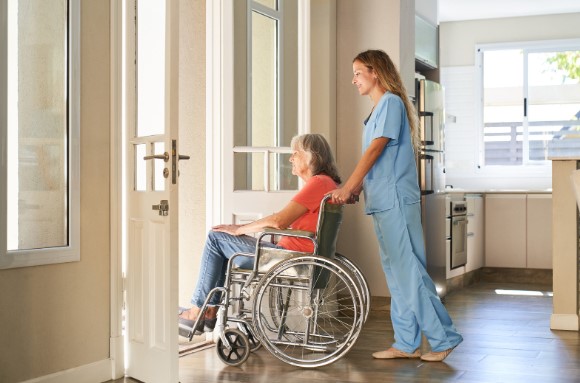 Paralysis is a term that often triggers concern and curiosity, as it relates to a condition that can have significant impacts on one’s life. Whether you’re looking to expand your knowledge or seeking guidance on managing or preventing paralysis, this article is here to provide you with an informative and friendly exploration of the topic.
Paralysis is a term that often triggers concern and curiosity, as it relates to a condition that can have significant impacts on one’s life. Whether you’re looking to expand your knowledge or seeking guidance on managing or preventing paralysis, this article is here to provide you with an informative and friendly exploration of the topic.
What Is Paralysis?
Paralysis is a medical condition that involves loss of muscle function and sensation in a part of the body. It can be partial or complete, temporary or permanent, and can result from various underlying causes. Paralysis occurs when there is a disruption in the communication between the brain and the muscles.
Diagnosis: Unraveling the Mystery
Diagnosing paralysis involves a comprehensive process that may include medical history assessment, physical examinations, and specialized tests. Here’s how medical professionals approach the diagnosis:
- Medical History: Your doctor will ask questions about your symptoms, their onset, and any relevant medical history.
- Physical Examination: A thorough physical exam will help assess muscle strength, reflexes, and sensory perception.
- Imaging Tests: X-rays, MRIs, and CT scans can reveal structural abnormalities in the spinal cord or brain.
- Electromyography (EMG): This test measures electrical activity in muscles to determine nerve and muscle function.
Types and Causes of Paralysis
Paralysis can be classified into different types based on its extent and location. The causes of paralysis are diverse and can range from injuries to medical conditions. Some common types and causes include:
- Hemiplegia: Paralysis of one side of the body, often caused by stroke or brain injury.
- Paraplegia: Paralysis of the lower half of the body, usually due to spinal cord injuries.
- Quadriplegia: Paralysis of all four limbs and the torso, often resulting from high spinal cord injuries.
- Bell’s Palsy: Temporary facial paralysis due to inflammation of the facial nerve.
- Spinal Cord Injuries: Trauma to the spinal cord can lead to various degrees of paralysis.
- Stroke: Interruption of blood flow to the brain can cause paralysis on one side of the body.
Management and Treatment
While complete recovery from paralysis may not always be possible, there are several management strategies that can improve quality of life and functional abilities:
- Physical Therapy: Targeted exercises can help maintain muscle strength and prevent joint stiffness. A houston CNA can help a patient in this regard.
- Occupational Therapy: This focuses on adapting daily activities to enhance independence.
- Assistive Devices: Wheelchairs, braces, and mobility aids can help with mobility challenges.
- Medications: Depending on the underlying cause, medications can manage symptoms and prevent complications.
- Surgery: Surgical interventions may be needed to address structural issues, such as herniated discs.
Prevention: Knowledge is Empowerment
While not all cases of paralysis can be prevented, there are steps you can take to reduce the risk:
- Safety Measures: Use seat belts, helmets, and proper safety gear to prevent accidents.
- Healthy Lifestyle: Adopt a balanced diet and engage in regular physical activity to promote overall well-being.
- Stroke Prevention: Manage blood pressure, cholesterol, and diabetes to lower the risk of stroke.
- Injury Prevention: Practice caution during physical activities and avoid risky behaviors.
- Vaccinations: Certain vaccinations, such as those for polio, can prevent paralysis caused by infections.
Embracing Life with Paralysis
Living with paralysis presents unique challenges, but many individuals find ways to adapt, overcome, and thrive. Support from loved ones, rehabilitation professionals, and assistive technologies can make a world of difference in leading a fulfilling life.
Conclusion
Paralysis is a complex and multifaceted condition that can affect anyone, regardless of age or background. By understanding its causes, seeking timely medical attention, and adopting preventive measures, we can take proactive steps towards minimizing its impact on our lives. Remember, knowledge is power, and with the right information and support, individuals with paralysis can continue to navigate life with resilience and determination.

